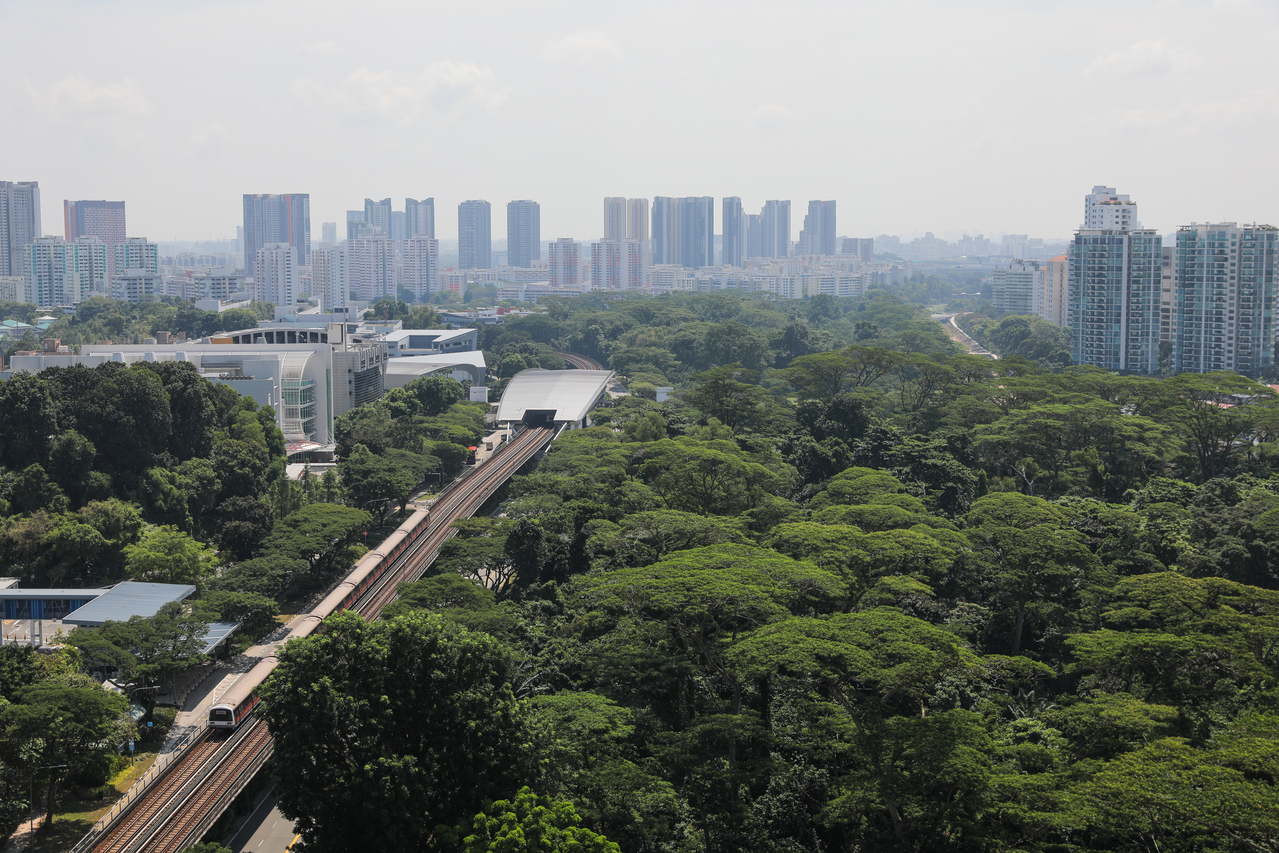Commentary
Dover Forest plan revision a benchmark for future major projects
Sign up now: Get ST's newsletters delivered to your inbox

The HDB said that the 1,800-odd responses to its public consultation exercise on the fate of Dover Forest were factored into the final outcome.
ST PHOTO: ONG WEE JIN
Follow topic:
SINGAPORE - The revision of plans for the Dover Forest was an exercise in trust and transparency and showed the strides made by the Housing Board (HDB) since its last controversial development, Tengah town.
So, while the outcome for the Dover plot - that half be used for public housing, and the other half left fallow for now, with a segment of this conserved as a nature park - may not please everyone, it sets a benchmark.
It is an encouraging indication of how Singapore will approach future tough decisions about which green spaces should stay and which must go to meet other national needs.
This thorny issue is expected to persist amid a growing awareness of how greenery can mitigate urban heat and increasing interest in the country's urban spaces.
Two factors stand out in the way the Dover Forest issue was resolved.
The first is the authorities' willingness to involve Singaporeans in the decision. The HDB said that the 1,800-odd responses to its public consultation exercise on the fate of Dover Forest were factored into the final outcome.
Such consultations should continue for other major projects. They ensure that people have a stake in the city they live in.
The second heartening point is the authorities' use of science to justify conservation decisions.
With more people kindling relationships with the country's wild spaces, nature conservation is becoming an increasingly emotional issue.
Basing decisions on science, with planners being transparent about the data gleaned from studies, will help put into perspective the varying shades of green in Singapore.
For Dover, HDB had posted on its website the full environmental study at the end of last year, allowing those interested to scrutinise the findings.
But a similar study done for Tengah town, which is being built on a larger swathe of secondary forest, had not been publicly shared.
People had to rely only on HDB's summary of findings that the Tengah plot was of "low conservation significance".
But ecologists had considered the 700ha site an important connector between the forests in the western catchment with the central nature reserves.
The development plans included a forest corridor within Tengah town to serve as this link, but ST later found that a vegetated plot outside Tengah, which the corridor was supposed to connect, was cleared for another housing project.
The authorities later said they would take steps to improve the situation with an injection of greenery.
But for Dover, wildlife connectivity was a major consideration.
The tweaks made to the plans for Dover Forest to hold off development in the more biodiverse western half, and carve out a nature park there, had been informed by the findings from a scientific model developed by the National Parks Board in consultation with experts here.
The model had shown that the western half could be a stepping stone for wildlife moving from Bukit Timah Nature Reserve in the north, and the Southern Ridges further down.
There will always be competing demands on land in Singapore.
But more people are aware that nature, too, is essential - not simply something that is good to have. The Covid-19 pandemic, for instance, highlighted the importance of green spaces for relaxation.
A balance must be struck, and policymakers will always have the unenviable task of making the tough decisions.
But trust and transparency in the decision-making process can ease tensions.

